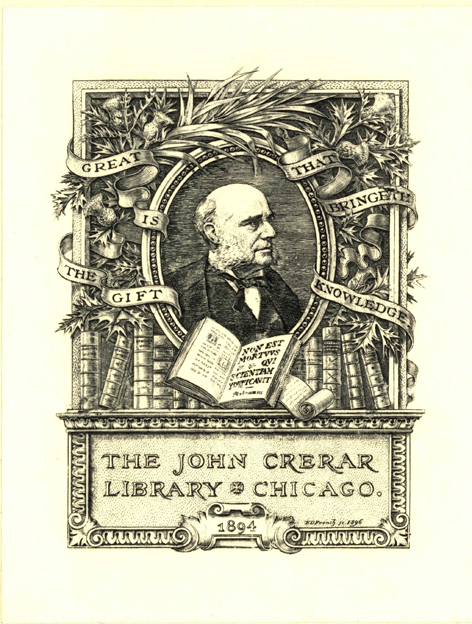Free radicals in brain physiology and disorders /
Saved in:
| Imprint: | San Diego : Academic Press, 1996. |
|---|---|
| Description: | xxx, 474 p. : ill. (come col.) ; 24 cm. |
| Language: | English |
| Subject: | |
| Format: | Print Book |
| URL for this record: | http://pi.lib.uchicago.edu/1001/cat/bib/2573255 |
Table of Contents:
- Section I. Guanidino Compounds in the Brain: A Historical Perspective
- Reactive Oxygen Species and Mechanism of Induction of Seizure by Guanidino Compounds
- Section II. Free Radicals and Cell Damage
- Prevention of Free Radicals Damage in the Brain: Protection by Lipoic Acid
- Oxidative Cell Damage Induced by Radicals and Inhibited by Antioxidants
- Active Oxygen Species in Neutrophil-Endothelial Cell Interactions
- Oxygen Radicals in Glutamate Toxicity of C6 Glioma Cells via Transporter System
- Section III. Nitric Oxide and Neuronal Disorders
- Neuroprotective and Neuropathologic Effects of Nitric Oxide: Role of N Methyl-D -aspartate Receptor
- Pathologic Roles of Nitric Oxide in the Central Nervous System
- Subcellular Targeting of Neuronal Nitric Oxide Synthase
- Cross-Talk Between Superoxide and Nitric Oxide Radicals in Regulation of Neurovascular Network
- Section IV. Role of Free Radicals in the Brain: A. Parkinson's Disease
- Oxidative Stress and Transcription Factors
- Zinc Metallothionein Isoforms in Free RadicalsMediated Striatal Damage in Parkinson's Disease
- Abnormalities of Superoxide Dismutase Isoenzyme Pattern during Development and Formation of Abnormal Plasticity in Epileptic Mutant EL Mice Brain
- Free Radicals and Posttraumatic Epilepsy: Induction and Limitation of Brain Injury Responses
- Electron Spin Resonance-Computed Tomography: Brain Imaging and Epilepsy
- Increase in Number of Mn- and Cu/Zn Superoxide Dismutase-Like Immunoreactive Cells after Injection of FeCI 3 into Rat Sensorimotor Cortex
- Radical Scavengers as Preventive Preparations of Posttraumatic Epilepsy
- Phenyl-tert -Butylnitrone: Inhibition of Free Radical Formation and Release from Injured Brain
- N 1 -Propylenedinicotinamide: Scavenger of Free Radicals and Inhibitor of Free Radical-Promoted Damages to Benzoate, Deoxyribose, and Amino Acids
- Neuroprotective Effects of Lipoic Acid in Cultured Neurons and Rodent Models of Focal Cerebral Ischemia
- Neuroprotection against Ischemic Injury through Inhibition of Glutamate Release: N-Type Calcium Channel Antagonist and Cu,Zn-Superoxide Dismutase
- Free Radical Imaging During Ischemia in Rat Brain
- Disease and Aging
- Oxidative Stress and Protein Modification in Neurodegenerative Diseases
- Free Radicals and Superoxide Dismutase in Dementia
- Mitochondrial Damage in Neurodegenerative Disease
- Neuroprotection in Progressive Neurodegenerative Diseases of Alzheimer's and Parkinson's Types: Action of L -Deprenyl and Rasagiline
- Section V. Other Neurological Diseases and Disorders
- Clinical Evaluation of Free Radicals Identified by Electron Spin Resonance in Human Blood

